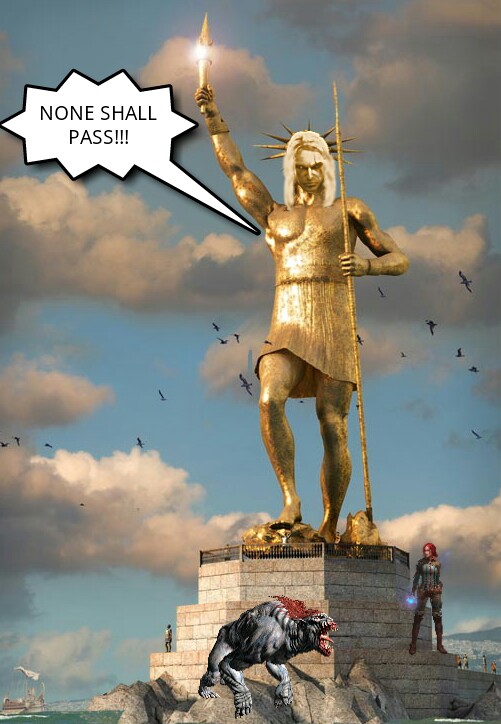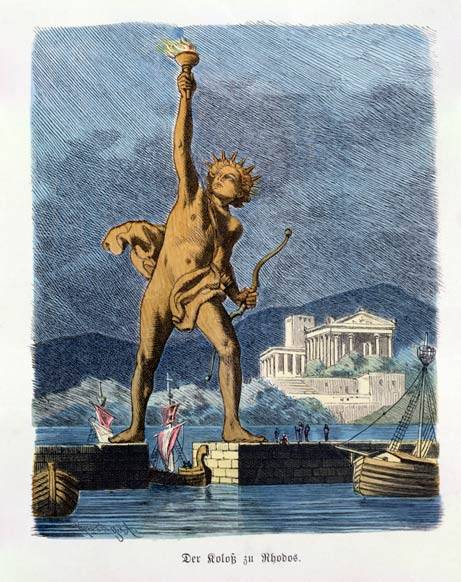


Upon his return he demanded his own land, so Zeus promised he could have the next piece of land that arose from the sea. The god Helios, god of the sun, was absent at the time and forgotten in the sharing of the spoils. Pindar describes the time following the battle between the gods and titans, where Zeus was sharing out the land following the victory of the immortals. There are several different versions of Rhodes’ creation myth, but the one most commonly told originated from the ancient Greek lyrical poet, Pindar, in Olympian 7. We touched on the creation of Rhodes in our Local Guide to Rhodes and Rhodes Town, but let’s expand on that a little here. Here’s a little taster to whet your appetite. If you take any of our Rhodes private tours, there are plenty of opportunities to learn about the mythology of Rhodes. Part truth, part fantasy, it’s easy to be swept up in these fascinating stories, as you explore the island’s history and try to distinguish fact from fiction.

Significant events in the island’s history and geography are woven together with tales of gods, goddesses, heroes and mythological creatures. Delve a little deeper into its history, and you’ll find there’s more to this magical island than meets the eye.Īs with many Greek destinations, the Island of the Sun is the cradle of some wonderful ancient Greek myths and legends, which tell the story of its origins and early inhabitants. According the chronicles of Theophanies the Confessor, the remains were sold by the Arabs that captured Rhodos in 654 but a more plausible explanation is that the bronze remains were melted before the Arabs arrived to the island and used as to fabricate coins.Bursting with natural beauty and blessed with abundant sunshine, Rhodes is a popular destination for sun-seekers and culture lovers. It seems that they were quite impressive as many travelled just to see them. The remains stayed lying on the ground for over 800 years. The Rhodians were hesitant fearing to offend their God Helios and after asking the oracle of Delphi they decided not to rebuilt it. When the King Ptolemy III of Egypt learned about the disgrace, offered to pay for the reconstruction of the famous statue. In fact, during the earthquake of the year 226 BC the statue collapsed and snapped at the height of the knees with the remains falling on the ground. It is known that the statue stood in its place for only 54 years. The design, posture and dimensions of the statue of Liberty (33m) are based on the descriptions about Colossus. It was the tallest statue of the ancient world, standing at over 30 meters of height.

On the right hand of the statue there was a lamp with fire, or a torch. The statue was depicting the protector of the city of Rhodos, the God Helios (Sun), naked with a crown of rays around the head. It was built by Charis the Lyndian, a student of Lyssipos a renown sculptor of the Hellenistic times that amongst others built the bronze statue of Zeus (22m high) of Taras (Taranto). It was built between the years 292 and 280 BC, to commemorate the successful outcome of the war against the troops of Demetrios Poliorcetes (The Besieger), one of the epigones (epigoni) of Alexander the Great. The Colossus of Rhodos is one of the famous Seven Wonders of the Ancient World.


 0 kommentar(er)
0 kommentar(er)
